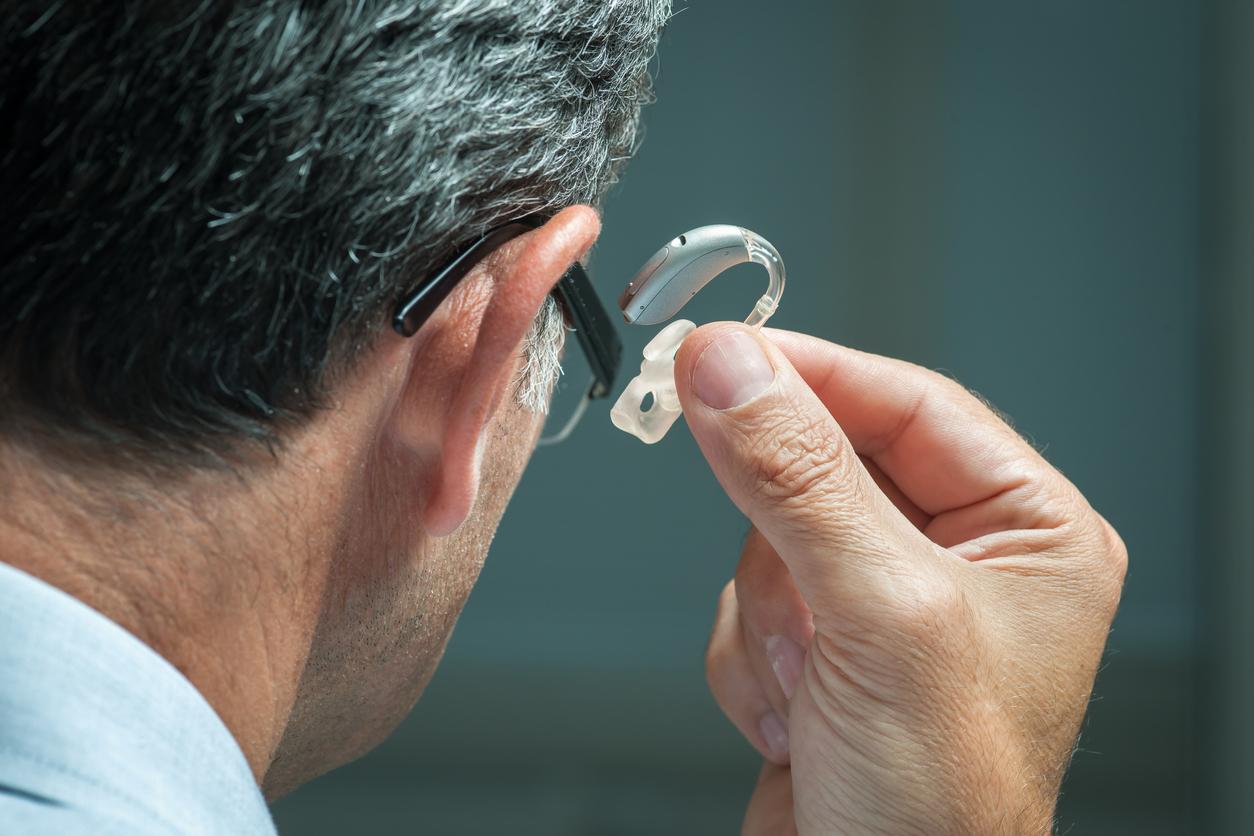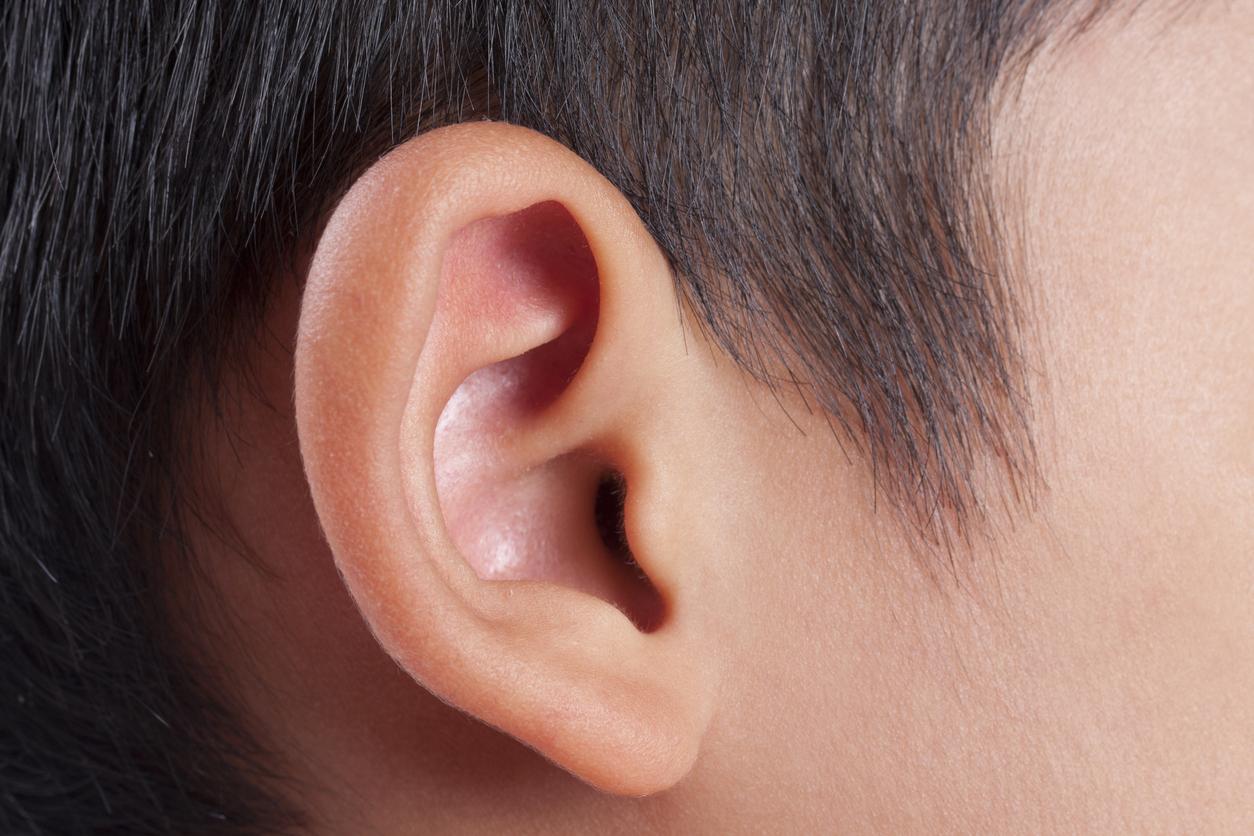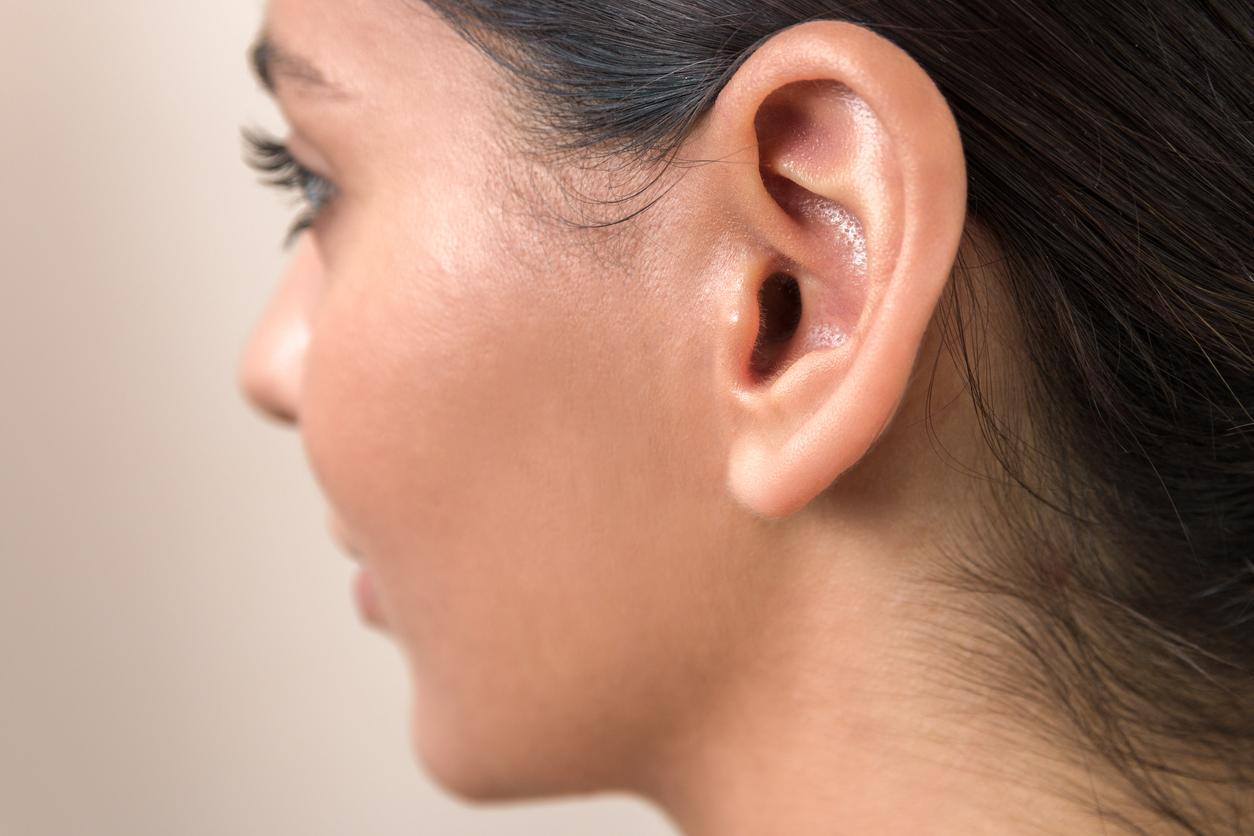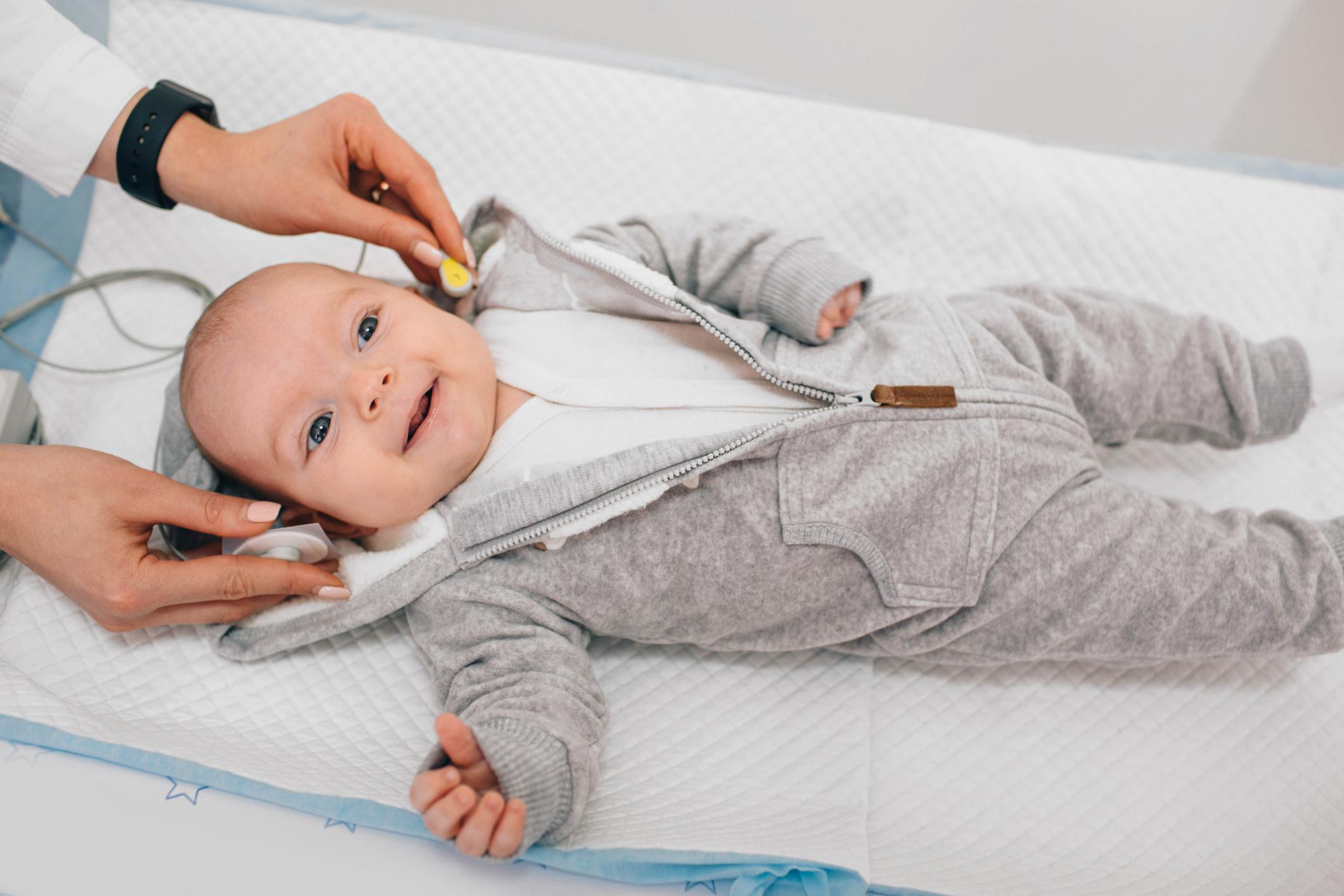French studies have just clarified the considerable discomfort that ambient noise represents for the perception of high frequencies in certain hearing impaired people.

For some people, following a conversation when there is a lot of ambient noise turns out to be a real ordeal and yet it happens that in these individuals the test to measure hearing, namely the audiogram, reveals that this defect of hearing is lightweight and does not require any hearing aids. However, French researchers from the Institut Pasteur, Inserm, the Collège de France and the Pierre and Marie Curie University have just clarified the physiological anomaly that could be at the origin of this disorder. In particular, they have just shown that it constitutes a much deeper hearing loss than previously thought. Thanks to a mouse model reproducing a disturbance in the perception of high-pitched sounds in humans, this team was therefore able to find the physiological abnormalities really involved.
A profound alteration in frequency processing
It is by studying a particular type of mouse, because it carries a mutation affecting certain sensory cells in the inner ear, that these researchers were able to draw a parallel reminiscent of the discomfort reported by these so-called mild hearing impaired people. “The mouse studied has apparently very moderate hearing loss, which only concerns high-pitched sounds (high-frequency sounds), which are processed at the base of the cochlea,” explains the Inserm-Pasteur press release. The morphological defects observed are however very important at this level: the outer hair cells at the base of the cochlea can no longer respond to high frequencies, and their ciliary tufts, which act as the sound reception antenna, are seriously affected. “. From this observation, these scientists then showed that in these mice, the apical region of the cochlea, unaffected by any damage, which normally processes low-pitched sounds, would respond, not only to low-pitched sounds, but also to high-pitched sounds. It would thus functionally replace their usual coding region, the base of the cochlea, which has therefore lost its sensitivity.
False optimistic audiograms
And good news, according to these researchers, it is quite possible to transpose this discovery to humans. “Transposed to humans, these results point to the existence, in certain individuals, of false optimistic audiograms, which wrongly dissuade them from fitting them”, they conclude. So these scientists hope that their research will make it possible to improve the clinical practice and therefore the diagnosis of this form of hearing loss, apparently slight, which would however require a device. They propose in particular that in patients complaining of this type of discomfort in the presence of noise, more extensive hearing tests be carried out in addition to the classic audiogram. These individuals thus screened could thus be equipped with hearing aids capable of selectively restoring the detection of high frequencies, while avoiding interference by low-pitched sounds.
.















